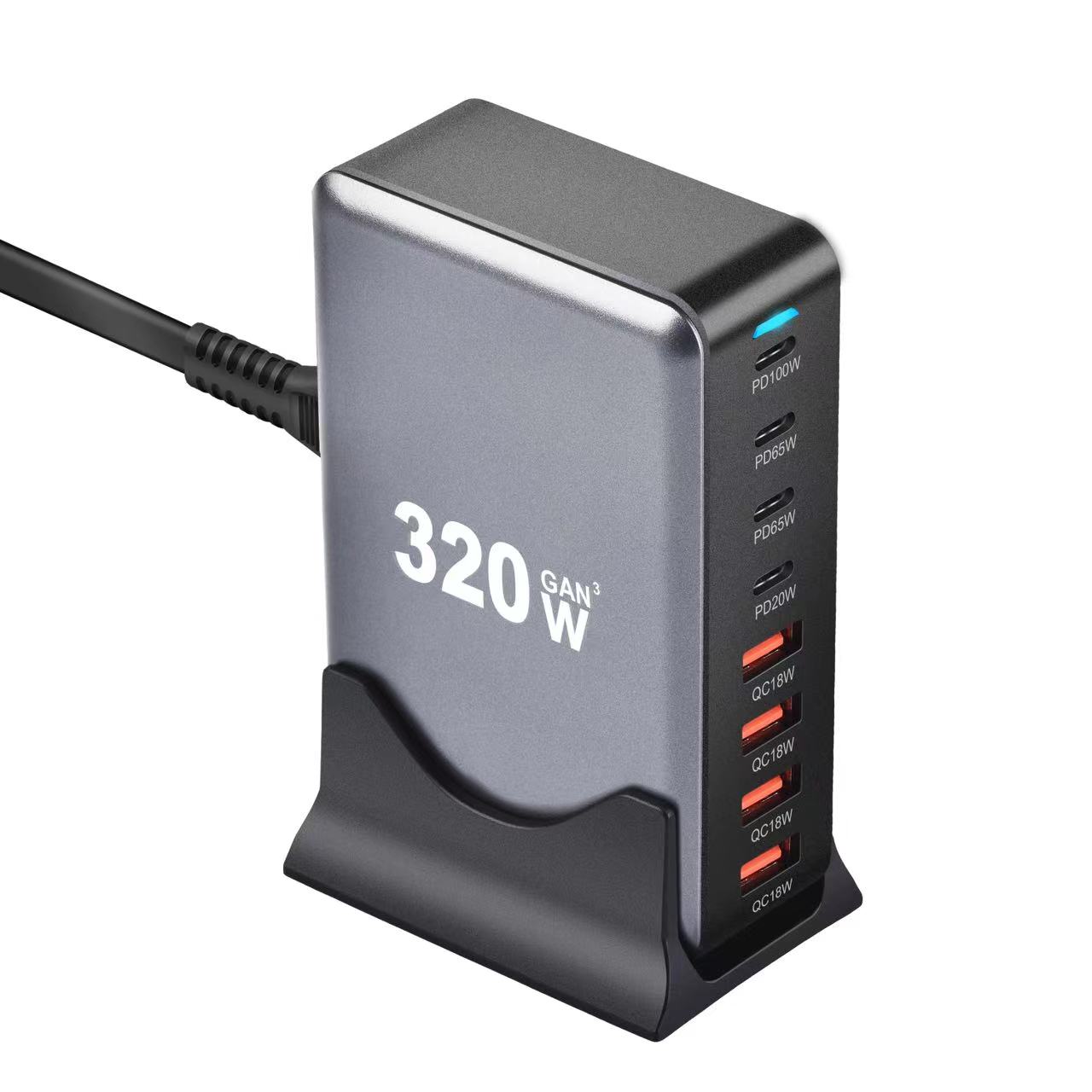Projectors have revolutionized the way we experience visual content, from home theaters to professional presentations. Understanding their operation and the materials involved offers insight into their capabilities and applications.

Fundamental Principles of Projector Operation
At their core, projectors receive visual signals and convert them into large-scale images displayed on screens. This process involves several key components:
-
Light Source: Modern projectors utilize high-intensity lamps, LEDs, or lasers to produce the necessary brightness for image projection. The choice of light source affects the projector's brightness, color accuracy, and lifespan.
-
Imaging Technology: The light passes through or reflects off imaging panels that modulate it to form images. The primary technologies include:
-
Digital Light Processing (DLP): Employs a digital micromirror device (DMD) comprising thousands of tiny mirrors that tilt to direct light, creating the image. DLP projectors are known for their sharp images and high contrast ratios.
-
Liquid Crystal Display (LCD): Utilizes liquid crystal panels to allow or block light passage, forming images. LCD projectors often produce vibrant colors and are widely used in various settings.
-
Liquid Crystal on Silicon (LCoS): Combines aspects of both DLP and LCD technologies, offering high-resolution images with excellent color accuracy, making them suitable for applications requiring detailed visuals.
-
-
Optical System: Lenses focus and enlarge the modulated light, projecting the image onto a screen. The quality and configuration of these lenses influence the image's clarity and size.
Materials Used in Projector Screens**Materials Used in Projector Screens
The choice of projector screen material significantly impacts the viewing experience, affecting factors like brightness, contrast, and color accuracy. Common materials include:

-
Matte White Screens: Provide a neutral surface with wide viewing angles, suitable for environments where control over ambient light is possible. They are popular due to their versatility and cost-effectiveness.
-
High Contrast Gray Screens: Enhance black levels and contrast, beneficial in rooms with some ambient light. These screens help in delivering richer blacks and improved color depth.
-
Ambient Light Rejecting (ALR) Screens: Designed to reflect projector light while minimizing the impact of ambient light, maintaining image quality in well-lit environments. ALR screens are ideal for multi-purpose rooms where light control is challenging.
Recent Advances in Projector Technology
The projector industry continues to innovate, introducing models that cater to diverse needs:
-
Epson's Q-Series 4K 3LCD Laser Projectors: Targeting luxury home installations, these projectors offer high brightness levels, advanced 4K technology, and support for HDR10, providing exceptional image quality even in well-lit spaces.
-
XGIMI's Aura 2 Ultra-Short Throw Projector: Featuring an automatic sliding cover to protect the lens from dust, the Aura 2 delivers improved brightness and supports advanced HDR formats, making it a compelling choice for home theater enthusiasts.
Understanding the principles and materials behind projectors enables consumers and professionals to make informed decisions, ensuring optimal performance tailored to their specific needs.



